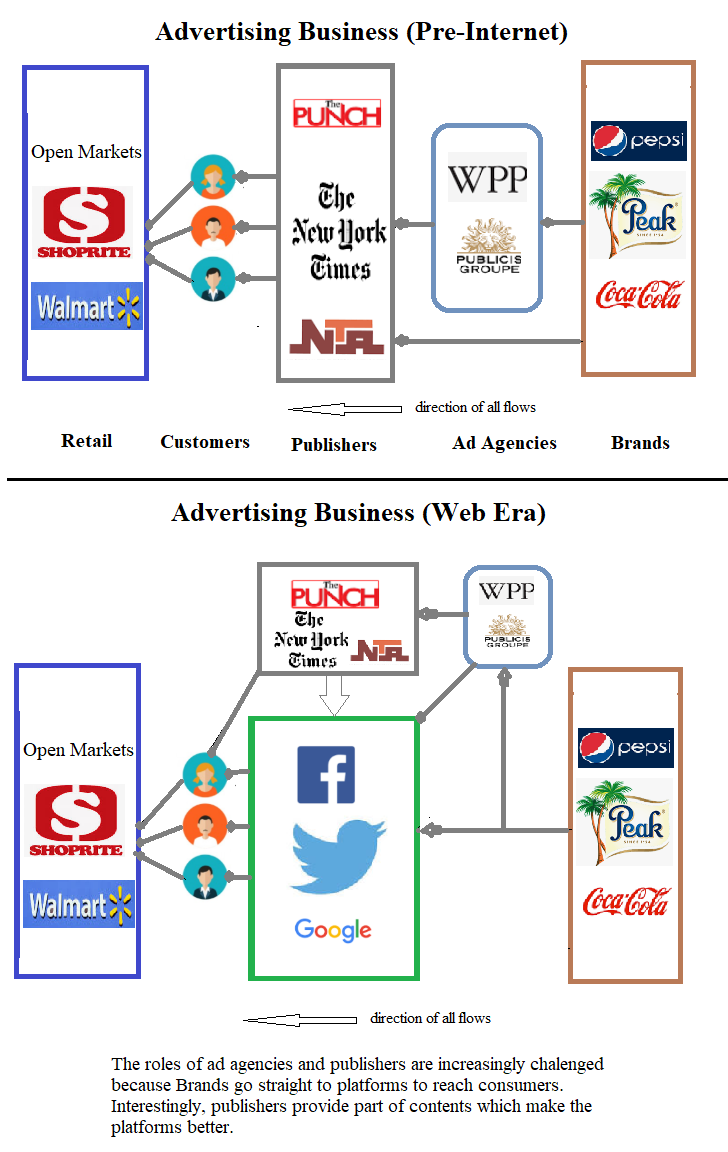
It is not really news that TechCrunch, a pioneer tech-focused blogging platform, is going subscription. Without subscription, TechCrunch has no future. Adjacent to the ruined empire of Yahoo via Oath/Verizon, TechCrunch was walking dead. Simply, because of Facebook and Google, no massively organized news website can survive without subscription unless you are the Guardian UK which knows how to beg for donations. Yet, I give the Guardian three years to join the full party which New York Times, WSJ, FT, WashPost, Bloomberg, and others have since toasted.
I won’t bury the lede. TechCrunch is launching a subscription product called, appropriately and deliciously, Extra Crunch.
Extra Crunch, as it says on the tin, is an additional layer of content, coverage, product and events-based offerings for our most regular and engaged readers. This will consist of articles that go more in-depth on topics in the entrepreneurship and startup universe, of course.
Of course, TechCrunch is not in the league of the entities I have just mentioned: TechCrunch does no serious news investigation which means its cost is low. Yet, that does not mean that it does not have bills to pay in the age where two companies (Google and Facebook) are soaking everyone on digital ads.
TechCrunch will be fine now, with Extra Crunch. It will lose some users but it will start making money since it has more brand equity than The Information, a polished competing tech platform which is subscription-based. I have called this the Diminishing Abundance of Internet where having lesser number of users may improve revenue.
Register for Tekedia Mini-MBA edition 18 (Sep 15 – Dec 6, 2025) today for early bird discounts. Do annual for access to Blucera.com.
Tekedia AI in Business Masterclass opens registrations.
Join Tekedia Capital Syndicate and co-invest in great global startups.
Register for Tekedia AI Lab: From Technical Design to Deployment.
In this videocast, I discuss what I am calling the Law of Diminishing Abundance of Internet. It is a construct that some companies become poorer even when they are growing in numbers of customers reached.That applies to industrial sectors like publishing and telecoms. The lesson here is that risk in any business model must be examined from the lens of this mirage abundance which Internet has provided in some sectors.
The Key Insight from The Announcement
In the Extra Crunch announcement, I picked this main paragraph.
Quietly, and with the gratifying support of management, we’ve been reconfiguring TechCrunch over the past few years to focus on making sure that we’re providing useful, engaging content to readers, not just advertisers. While our audience — you folks — is still one many advertisers would love to reach, that’s their job, not ours. Instead, we wanted to re-align all of our goals around what we saw as the future of sustainable journalism.
What TechCrunch is saying is that with this subscription pivot, it does not care what advertisers will like to see because the readers are paying. The implication is that TechCrunch will create a better product to ensure readers keep paying as they are more sensitive than Google AdSence, an advertising product.
With subscription, TechCrunch will rewire its position in the plot below which explains it all (I’d explained the plot extensively here). By understanding this plot, you will get the idea why TechCrunch is going subscription.

---
Connect via my
LinkedIn |
Facebook |
X |
TikTok |
Instagram |
YouTube


